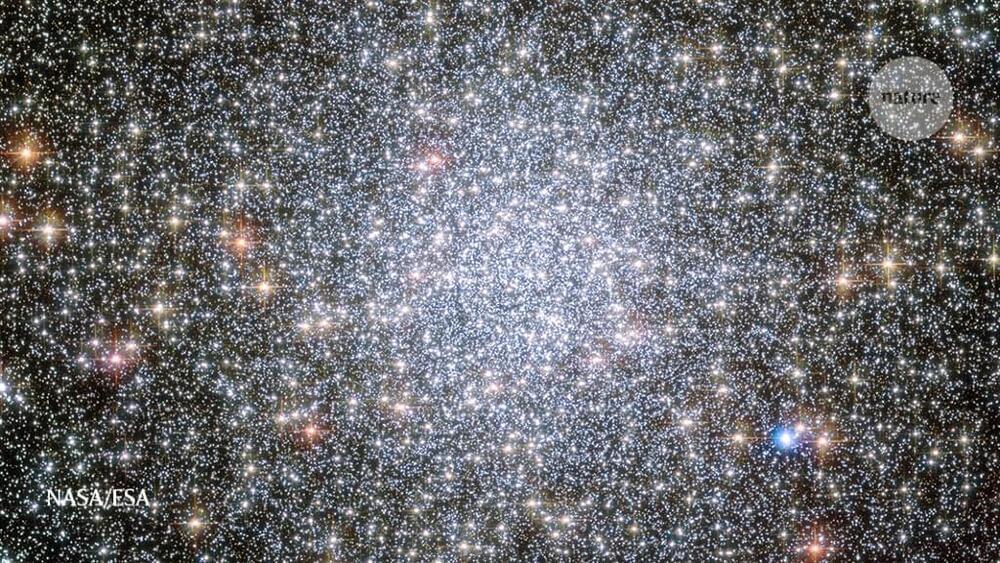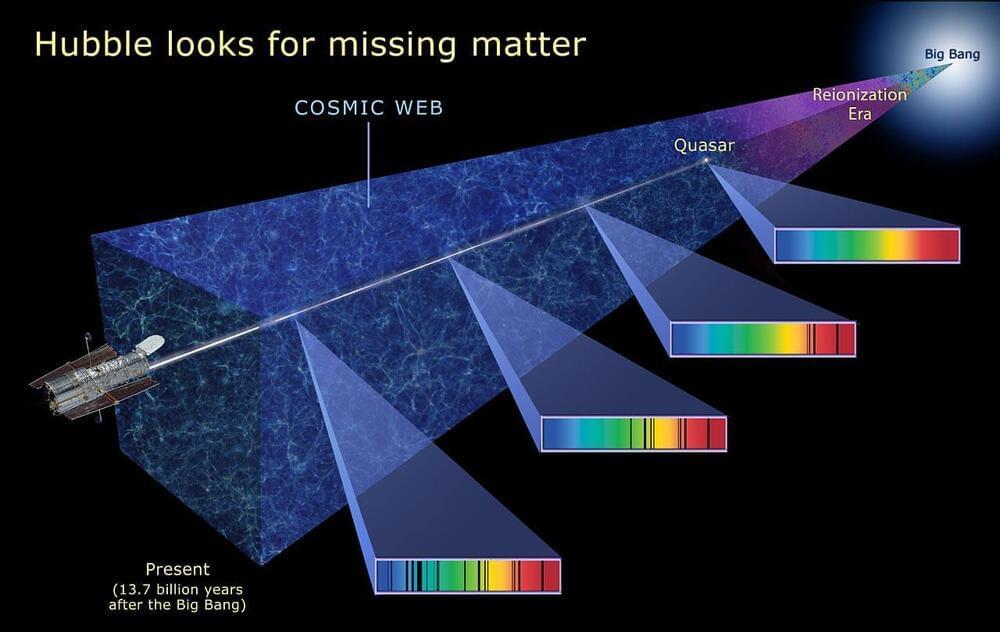Circa 2020
Astrophysicist Katie Mack’s book explores all the ways the cosmos could destroy itself.


Circa 2021
This story comes from our special January 2021 issue, “The Beginning and the End of the Universe.” Click here to purchase the full issue.
But even the black holes will one day die. And when they do, these monsters won’t go gently into the night. A burst of fireworks will light up the universe in the final moments of each black hole, heralding the end of the era.

The Charles M. Schulz Sonoma County Airport had two solar power systems installed onsite and made them live in February. Over the course of their electricity-generating life spans, they will offset thousands of tons of CO2 emissions and potentially save millions of dollars.
Sonoma County has been hit particularly hard by wildfires in the last several years. These natural disasters occur with some regularity on their own, but many believe the latest ones are connected to the effects of climate change. The county has been experiencing higher temperatures and droughts as well. As a result of these challenges, Sonoma County’s government set a goal for the county to be carbon neutral by 2030. The airport solar power installations fit within the carbon-free plan. (The California state government has a goal for California to be operating on clean, carbon-free electricity by 2045.)
Jon Stout, the Sonoma Airport Manager, and Rachel McLaughlin, ForeFront Power’s Vice President of Sales & Marketing, provided some insights to CleanTechnica about the new solar power systems. (The last three answers are from ForeFront.)

Finland is building a nuclear waste disposal site deep under the tiny city of Eurajoki. Called Onkalo, meaning “deep pit” in Finnish, the nuclear waste repository is slated to open in 2024. If all goes to plan, copper casks will safely store spent uranium fuel rods for at least the next 100,000 years. But what happens when we bury nuclear waste, and how does this fit into Finland’s nuclear future?
Finland is a Scandinavian country about the size of Montana with about five times the population at 5.5 million residents. (That said, Finland is the 216th nation in the world by population density, showing just how sparse Montana really is.) The population is concentrated in the south, with just 200,000 people living around and above the Arctic Circle in northern Finland.

One important recent development in quantum sensing is known as quantum squeezing—a way to circumvent quantum limitations that even quantum sensors have faced in the past.
A technique from the newest generation of quantum sensors is helping scientists to use the limitations of the Heisenberg uncertainty principle to their advantage.

The first Australian-produced military combat aircraft in over half a century.
Boeing’s Loyal Wingman is now officially the “MQ-28A Ghost Bat.” The new military designator and name that will be used by the Royal Australian Air Force (RAAF) for the autonomous combat drone was announced during a ceremony at the Amberley Royal Australian Air Force Base in Queensland today.
Giving the Loyal Wingman an official name may seem trivial, but it represents two major steps for the program. Being named after a native Australian bat, it acknowledges the first Australian-produced military combat aircraft in over half a century, and it also shows that the drone is moving out of the experimental phase and into a path for full deployment with the RAAF and sales to international customers.
Taking only three years from the first design to first flight, the Ghost Bat’s rapid development owes much to Boeing Australia’s use of digital engineering and advanced manufacturing techniques. When in service, the autonomous combat craft will have the performance and range comparable to that of a conventional fighter aircraft. This will allow it to carry out single missions and team with other crewed or uncrewed aircraft.


We should assume that animals can have feelings too. From an ethical point of view this should inform our dealings with animals, researchers from Leiden University and Utrecht University argue in an opinion article that was published in the scientific journal Affective Science on Thursday 10 March.
Some of the leading behavioral scientists in the world have hypothesized that many animal species can have emotions. But whether animals also have feelings is the subject of much debate, and some behavioral scientists believe they do not. This is incorrect, say cognitive psychologist Mariska Kret (Leiden University) and behavioral biologists Jorg Massen (Utrecht University) and Frans de Waal (Emory University and endowed professor in Utrecht). Based on observations, there is a good chance that animals can also have feelings; it is just very difficult to investigate this.

Summary: Mindful meditation may help people cope when faced with action crises, researchers say.
Source: Leibniz Institute for Psychology.
Faced by one too many obstacles on the way to achieving their personal goals—whether an important, valuable or fun one—people may experience an action crisis where they start questioning their pursuit and even feel like giving up.

The problem is that transitions from one s-orbital to another are forbidden, quantum mechanically. There’s no way to emit one photon from an s-orbital and have your electron wind up in a lower energy s-orbital, so the transition we talked about earlier, where you emit a Lyman-series photon, can only occur from the 2 p state to the 1s state.
But there is a special, rare process that can occur: a two-photon transition from the 2s state (or the 3s, or 4s, or even the 3 d orbital) down to the ground (1s) state. It occurs only about 0.000001% as frequently as the Lyman-series transitions, but each occurrence nets us one new neutral hydrogen atom. This quantum mechanical quirk is the primary method of creating neutral hydrogen atoms in the Universe.
If it weren’t for this rare transition, from higher energy spherical orbitals to lower energy spherical orbitals, our Universe would look incredibly different in detail. We would have different numbers and magnitudes of acoustic peaks in the cosmic microwave background, and hence a different set of seed fluctuations for our Universe to build its large-scale structure out of. The ionization history of our Universe would be different; it would take longer for the first stars to form; and the light from the leftover glow of the Big Bang would only take us back to 790,000 years after the Big Bang, rather than the 380,000 years we get today.